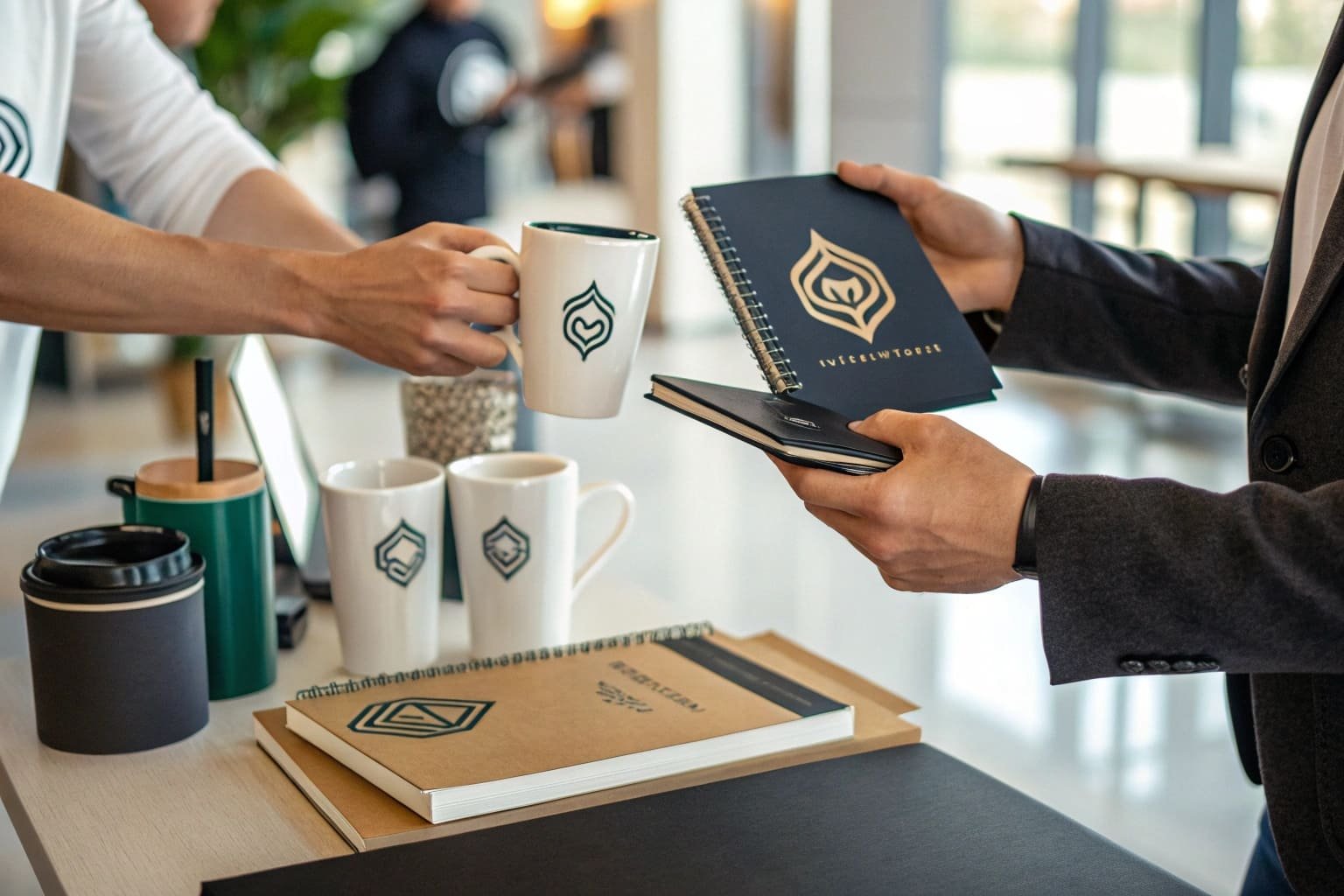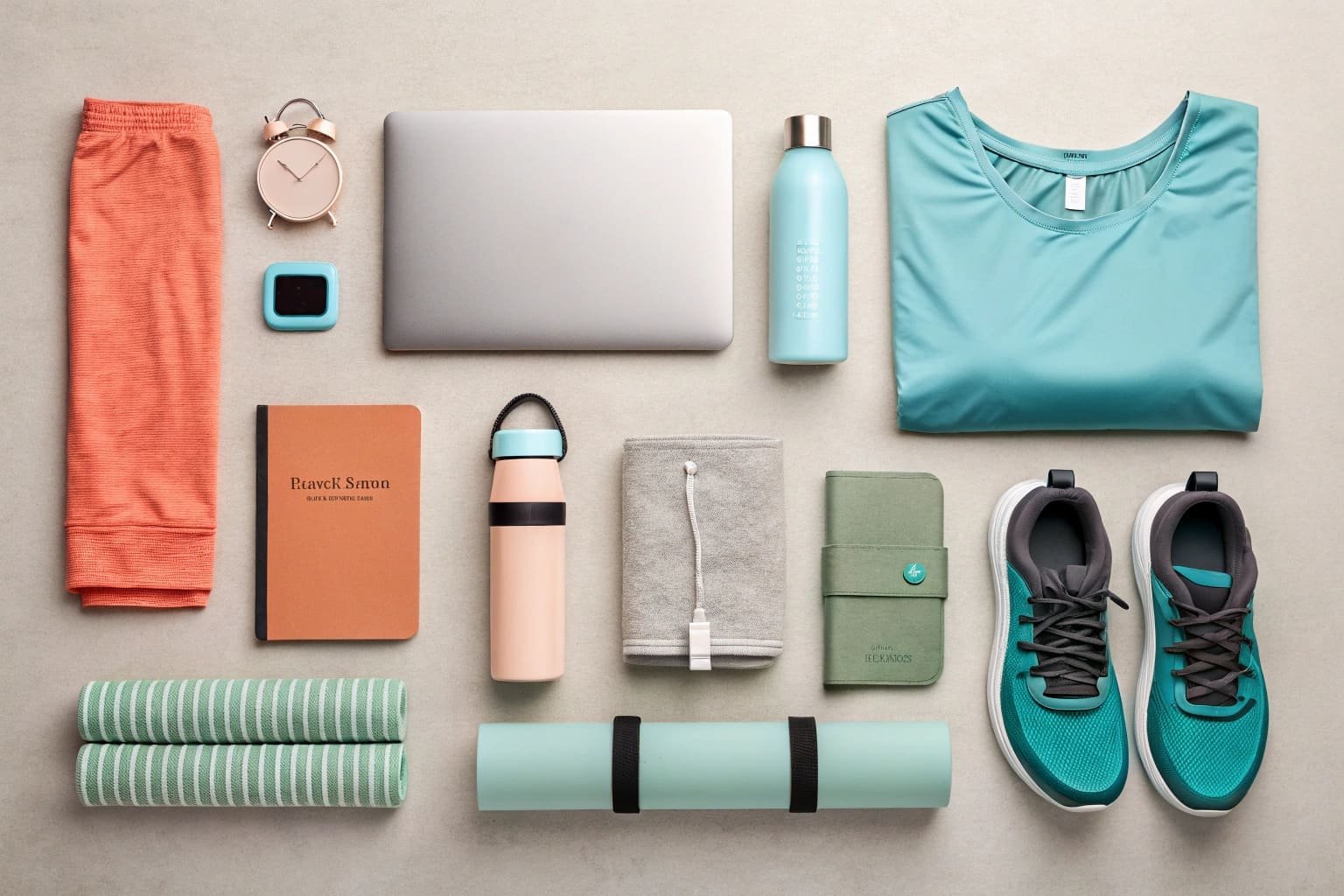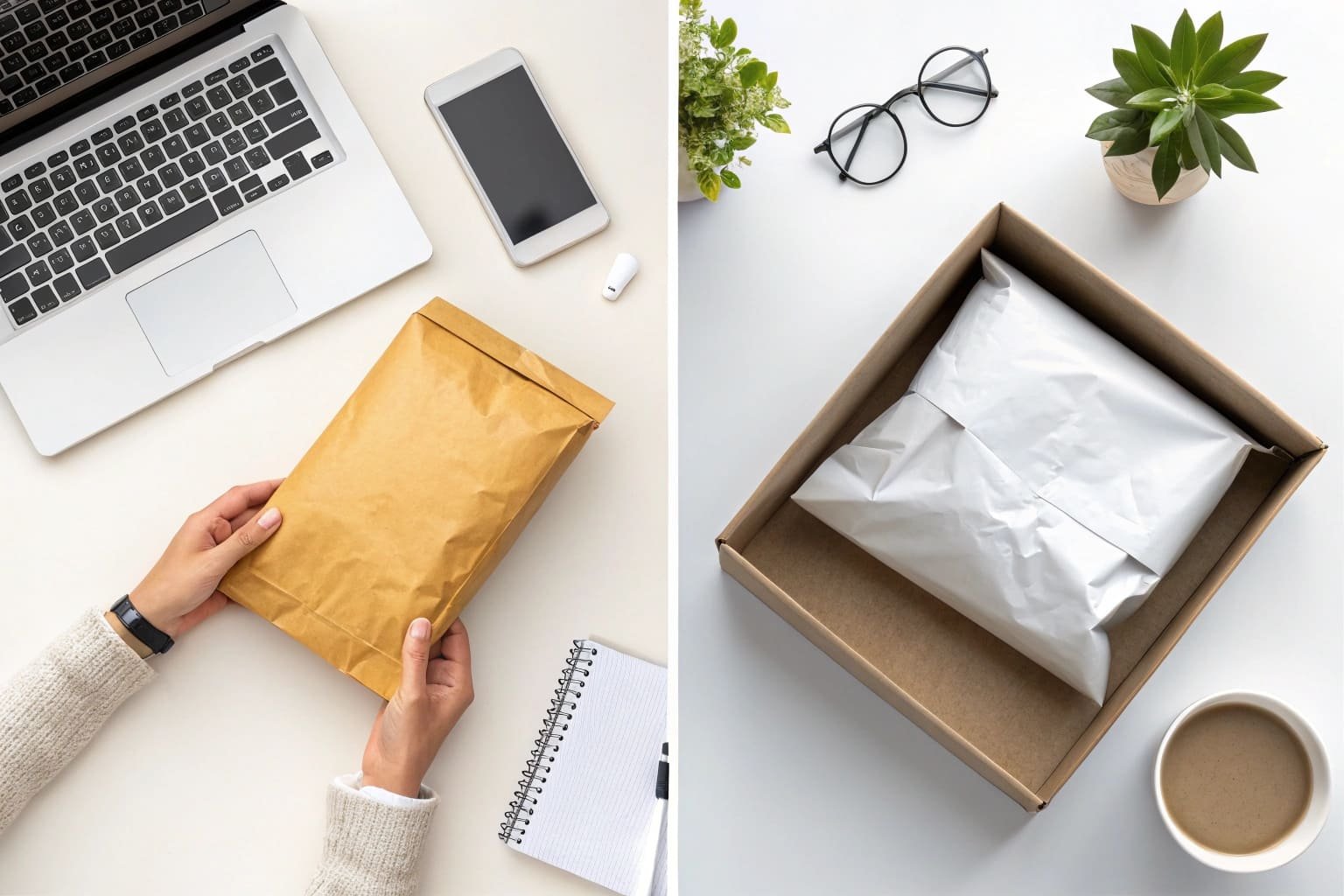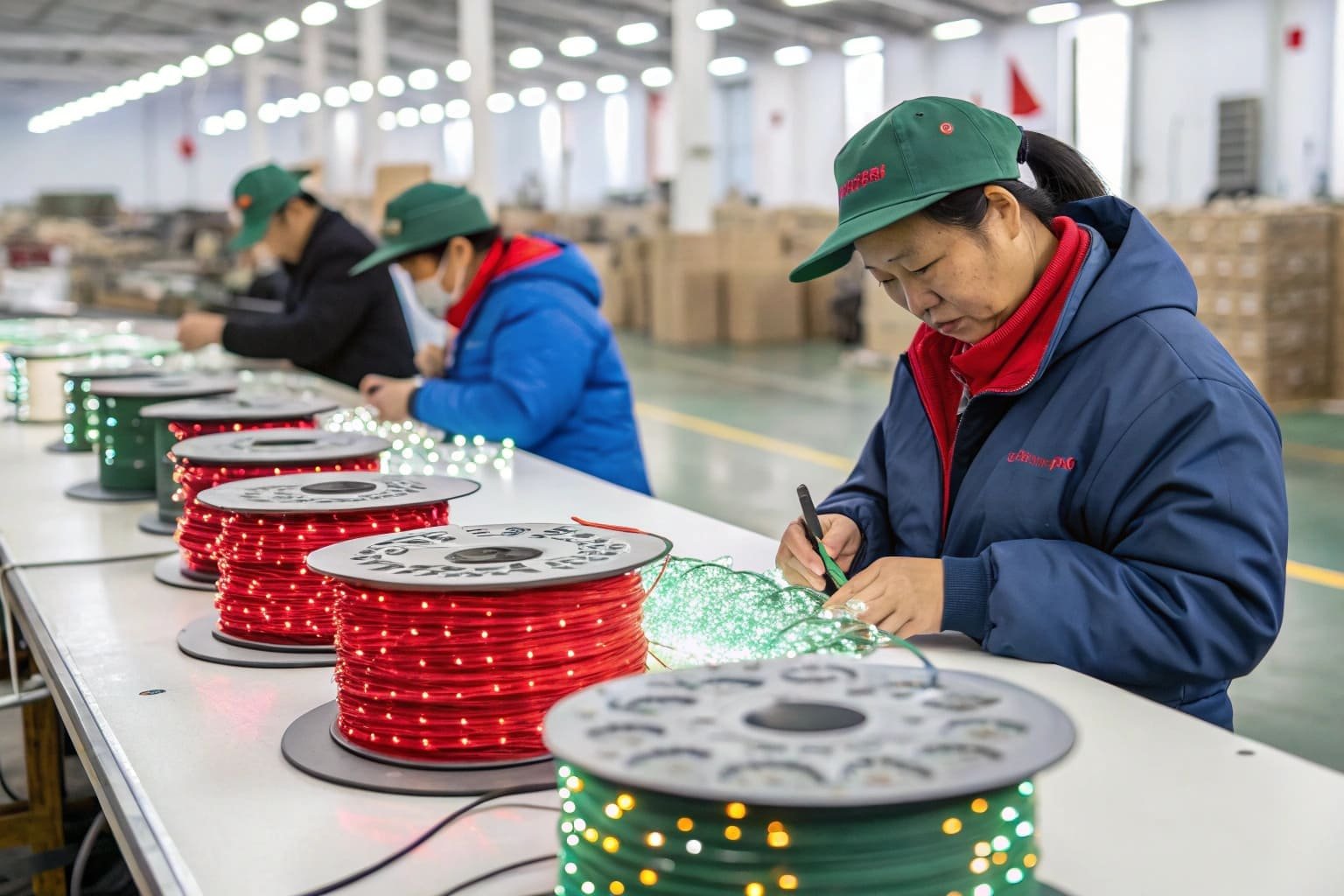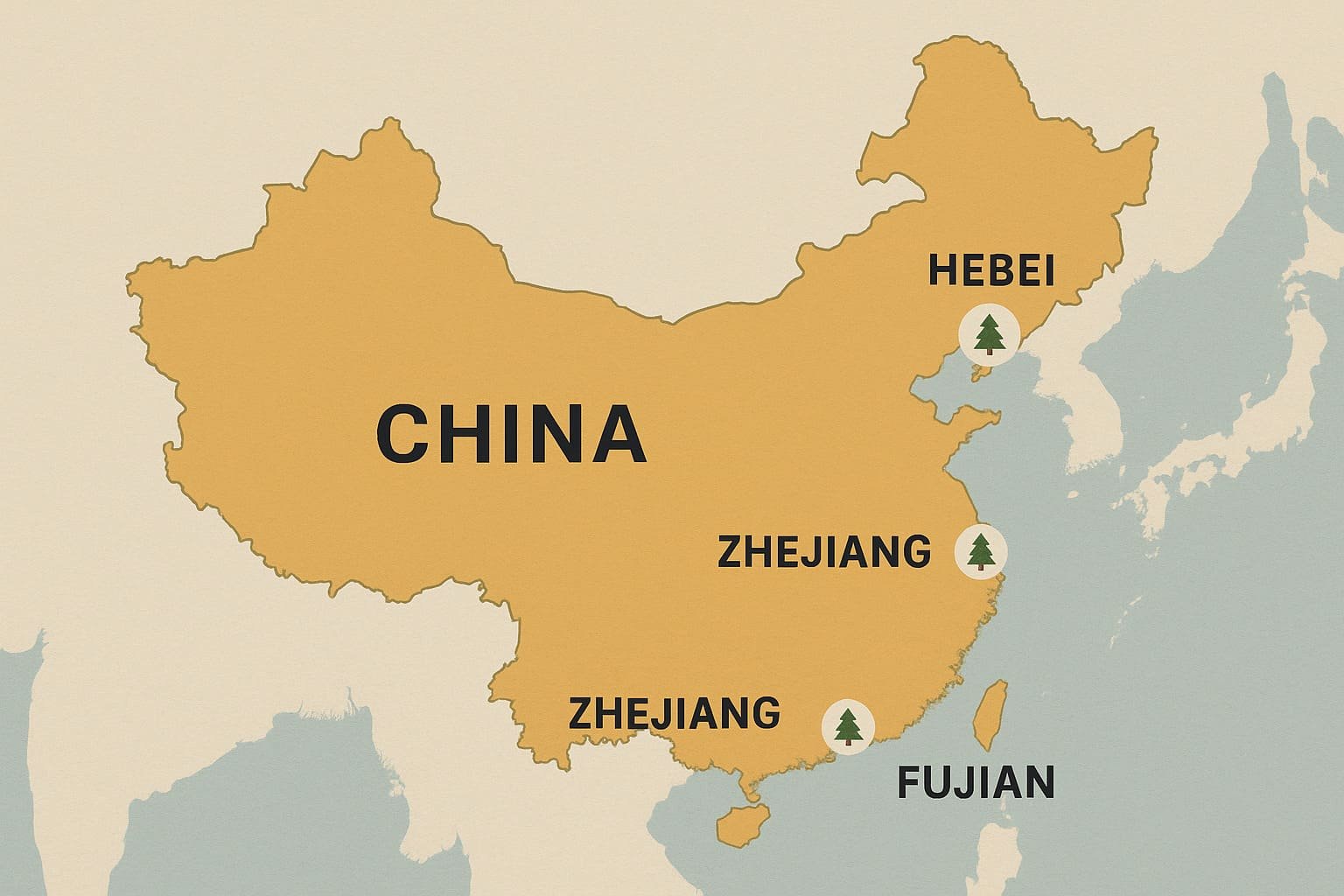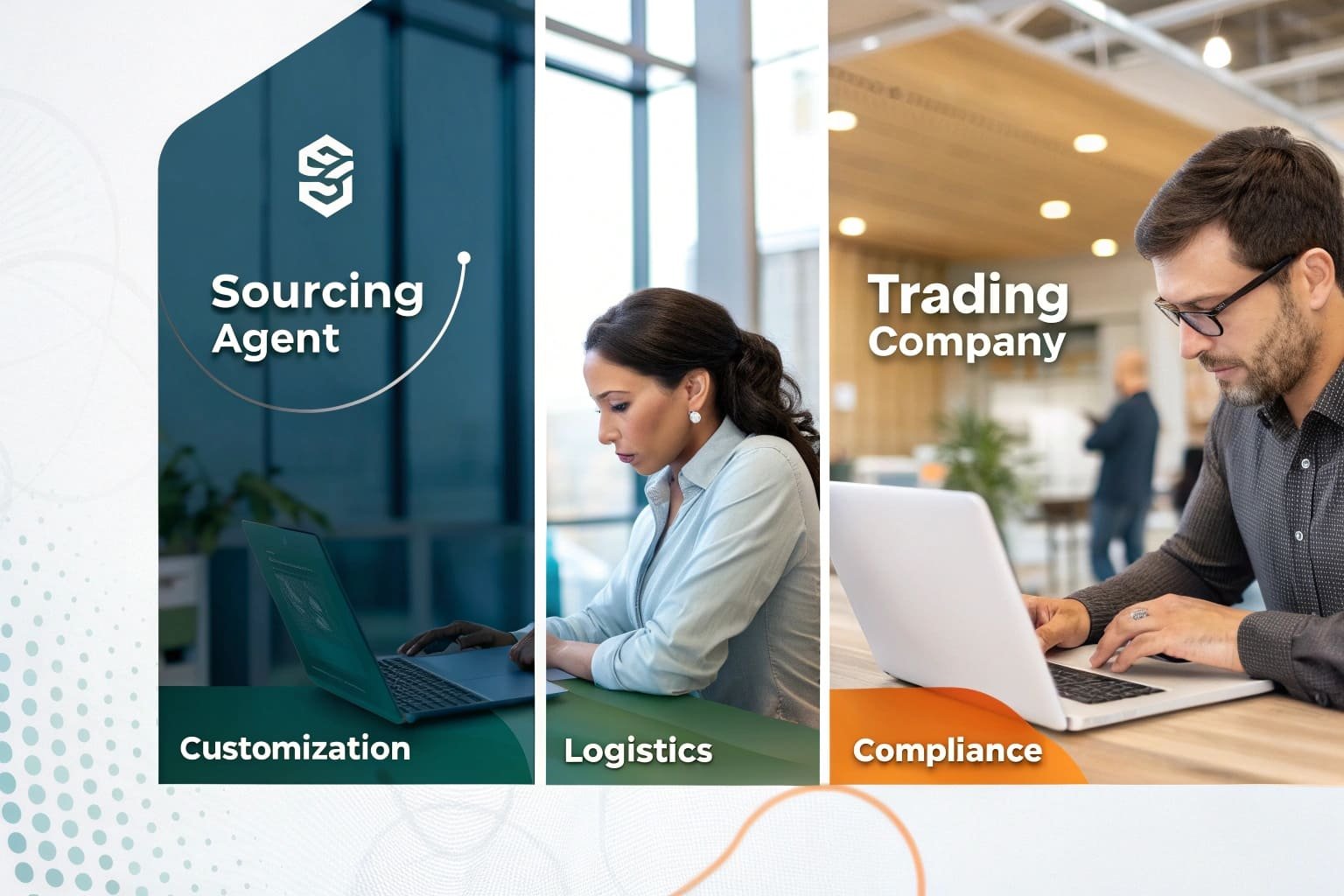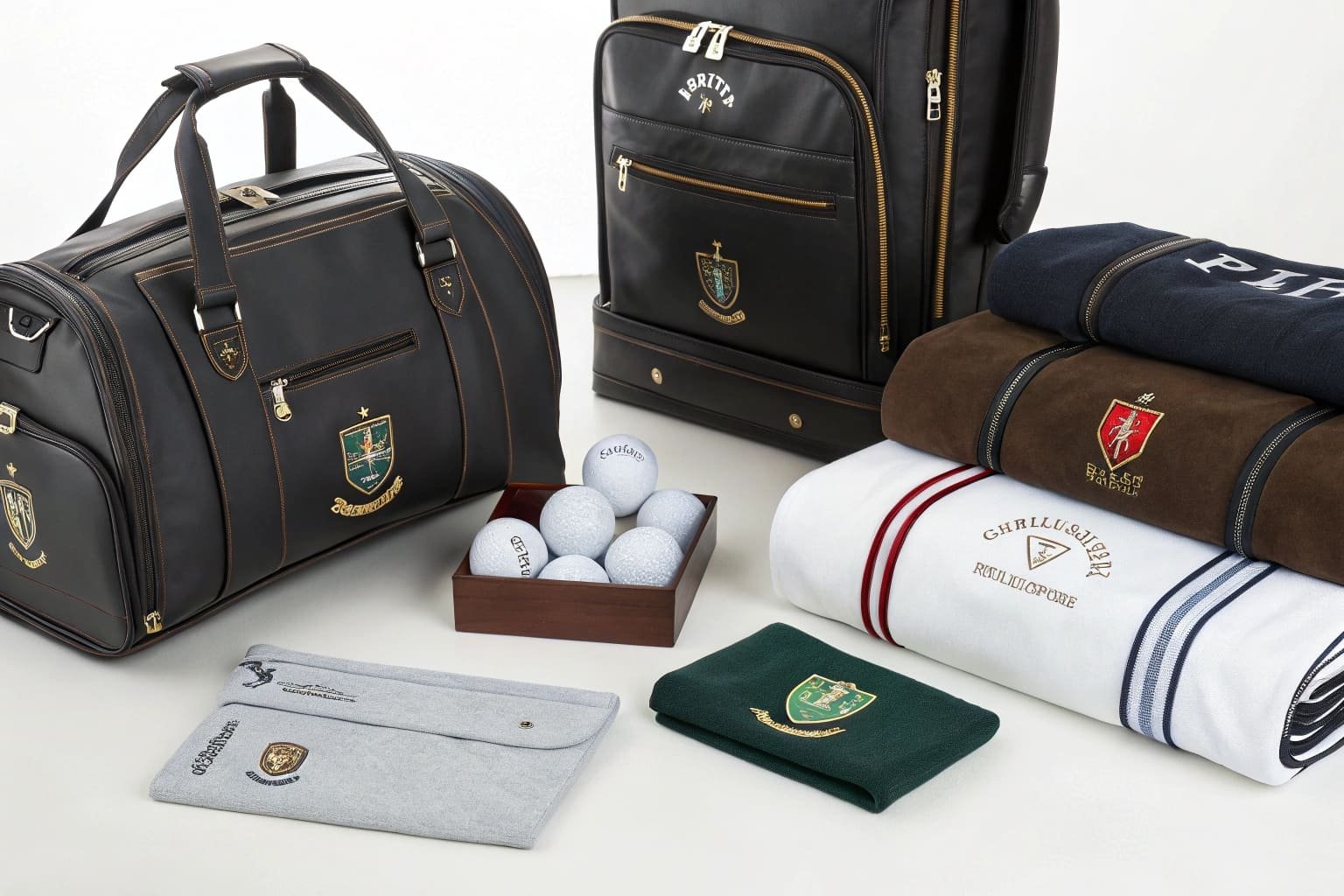Launching a new brand comes with a thousand decisions—but choosing the right promotional products can quietly make or break your first impression. For many potential customers or partners, your giveaway might be the very first physical touchpoint they have with your brand. That means it needs to be thoughtful, relevant, and aligned with your values.
To choose the right promotional items for a new brand, start by understanding your audience, define your brand tone, set a clear purpose for the item, and choose products that offer both usefulness and brand visibility.
A poorly chosen promo item won’t just waste your budget—it can dilute your brand message or worse, be tossed in the trash. Let’s break down how to choose smarter.
Why Promotional Products Matter for New Brands
New brands can leverage well-chosen promotional items to increase awareness, build recognition, and generate emotional resonance with potential customers.
Here’s why they work:
- Tangible products build memory and recall
- They act as conversation starters in events or meetings
- Good products get shared and reused, extending reach
- They’re cost-efficient compared to other marketing tools
From my two decades in international trade, I’ve seen how new brands that choose giveaways thoughtfully tend to stand out during trade shows and launch phases far more effectively than those relying solely on discounts or ads.
Step 1: Understand Your Audience & Use Case
Promotional items only work when they match the interests and context of your target audience. No matter how trendy a product is, it won’t work if your audience doesn’t connect with it.
Who will receive this item, and in what context?
Common use scenarios:
- Trade Shows: Look for compact, easy-to-carry items
- Brand Launch Events: High-visibility, statement pieces work well
- Online Orders: Lightweight and flat-packed items to reduce logistics costs
- PR Packages or Influencer Seeding: Visually appealing and Instagrammable gifts
✅ Checklist: Define Your Target Audience
- Who are they? (Industry, gender, role, age group)
- What do they value? (Eco-friendly? Techie? Luxury?)
- How will they use the item? (Daily? One-time? Keep at desk?)
- Will they appreciate novelty or utility?
Step 2: Align Product Choice with Brand Identity
Your promotional item should reflect your brand’s tone, style, and values—clearly and consistently. Once the audience is clear, think about your brand. What do you want people to feel when they touch or use this item?
Examples by industry:
| Brand Type | Brand Tone | Recommended Items |
|---|---|---|
| Tech Startup | Innovative, sleek | USB drives, webcam covers, LED pens |
| Beauty Brand | Feminine, clean | Custom mirrors, pouches, silk scrunchies |
| Fitness Business | Active, energetic | Water bottles, sweat towels, resistance bands |
| Eco Company | Sustainable, natural | Bamboo pens, tote bags, seed cards |
Think carefully about color schemes, packaging, and material choices. If your brand promotes minimalism but gives away a cluttered, multi-color gadget, it sends a mixed message.
Step 3: Budget Planning and Quantity Strategy
Effective promotional planning starts with a clear and realistic budget. Promotional products can scale up quickly in cost if you’re not careful.
Set a budget by working backwards from your goals: how many people you want to reach, what impression you want to leave, and how much each touchpoint is worth to your brand.
Key Cost Components:
- Unit cost (product + customization)
- Mold/setup charges (if applicable)
- Printing method (1-color pad print vs full-color UV)
- Shipping (especially if you’re air-freighting for a tight deadline)
Budget Smart Tips:
- Go for perceived value: soft-touch finishes, matte prints, or nice packaging
- Choose multi-use items to increase lifespan (mugs > flyers)
- Order a bit extra (around 5\~10%) to cover losses or urgent needs
Step 4: Customization, Lead Time & Logistics
Production and logistics timing can make or break your promotional campaign. Even the most perfect product can fail if it doesn’t arrive on time.
Plan your order timeline based on customization type, shipping method, and your event date. Always leave buffer room.
Customization Options:
- Silk Screen Printing: Economical, good for bold logos
- UV Printing: Full-color, good for images
- Laser Engraving: Durable, elegant on metal
- Embroidery: For fabric items like caps or pouches
Typical Timeline from China:
- Production: 10\~20 days (varies by product)
- Shipping: 30\~50 days by sea
- Sampling: Add 3\~5 days (optional but strongly recommended)
My tip: Don’t forget to ask your supplier whether they can pre-pack or bundle products into gift sets—it significantly enhances unboxing experience and brand cohesion.
Step 5: Avoid These Common Mistakes
Avoiding common mistakes saves money, protects your brand image, and ensures better ROI. Even seasoned marketers can fall into traps when selecting promotional items.
🚫 Common Mistakes to Avoid
- Picking items that don’t align with your audience or brand
- Ignoring the unboxing experience (cheap packaging kills value)
- Ordering too late or skipping pre-production samples
- Choosing trendy items with no real use or staying power
A good rule of thumb: if you wouldn’t be proud to hand it to a potential investor, don’t give it to a customer.
FAQ
Q1: What are the best promotional items for a brand launch?
A: Choose items that balance utility, branding space, and perceived value. Top picks include:
- Branded tote bags (visibility + utility)
- Pens or notebooks (low cost, daily use)
- Insulated mugs or bottles (eco appeal)
- Mini tech items like ring lights or chargers
Q2: How much budget should I prepare for a small batch promo campaign?
A: A rough range is USD \$300\~\$800 total for 500\~1000 units. Costs vary by item type, print method, and delivery speed.
Q3: What’s the lead time for custom promotional items from China?
A: Average is 10\~30 days production + 30\~50 days shipping
Conclusion
Choosing promotional products for a new brand requires careful consideration of your audience, brand values, budget, and distribution scenario. The right item doesn’t just promote—it communicates. Strategic selection helps build brand identity while avoiding waste.


